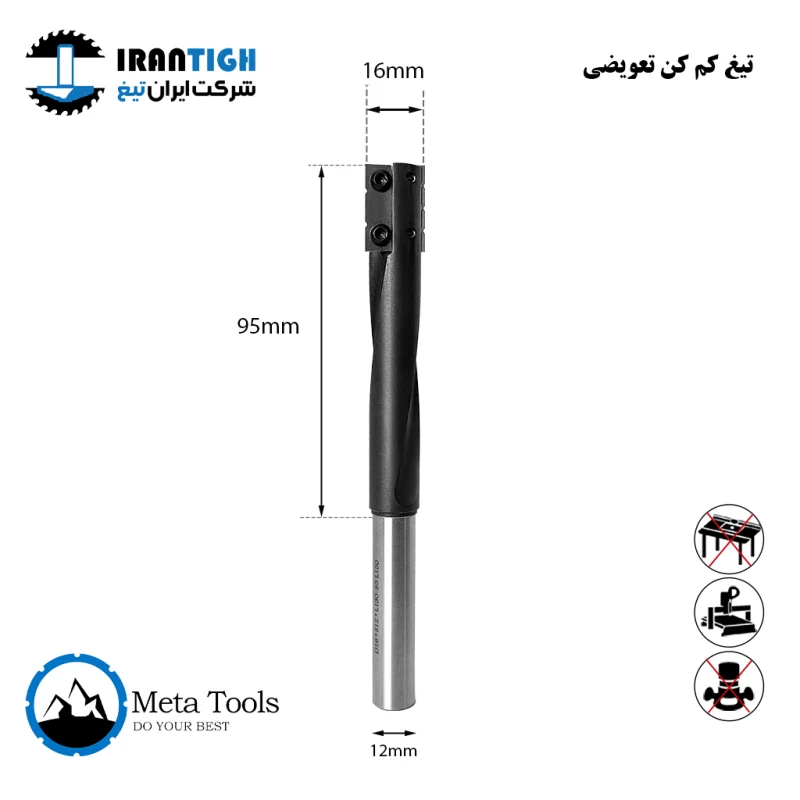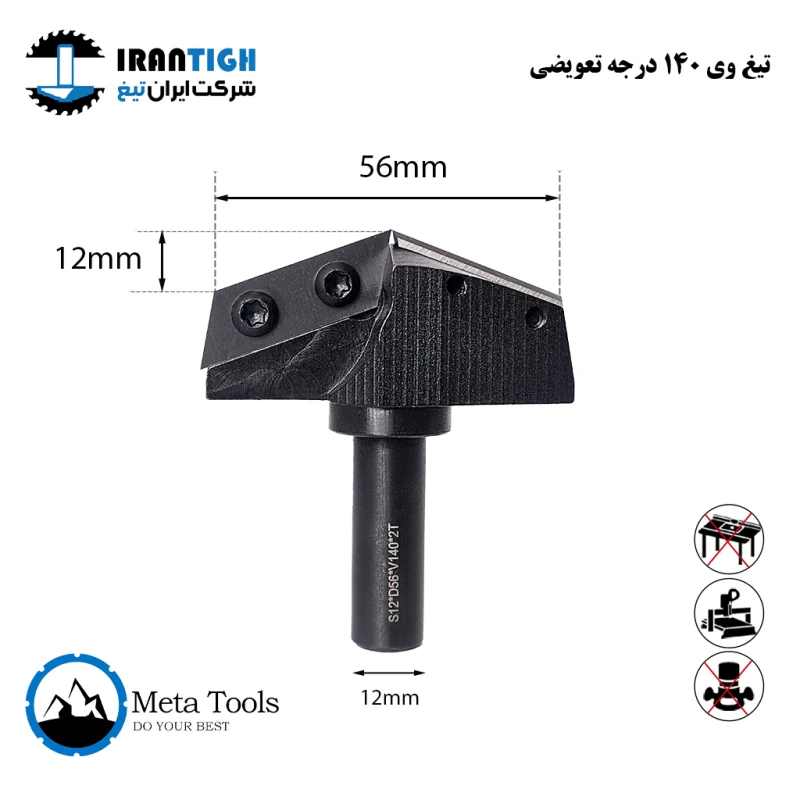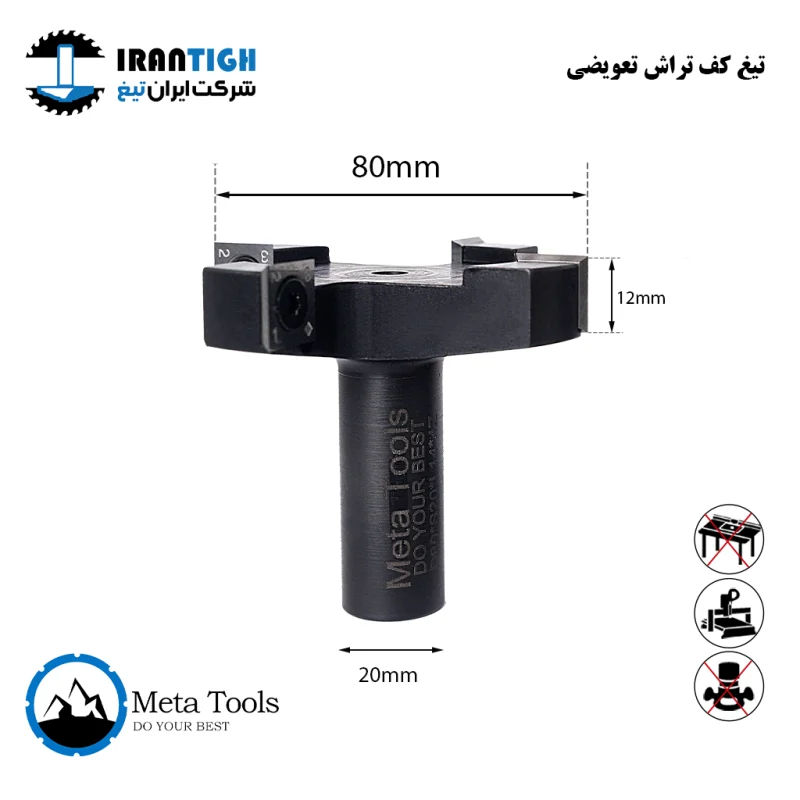
Selecting the Right Slotting Blade for Cutting Different Types of Panels
- ادمین
- No Comments
Types of Slotting Blades and Their Applications
Slotting blades are classified into several main categories based on their design and specific usage:
1. Single-Blade Slot Cutter
- Used for creating precise, straight slots in wood and MDF.
2. Double-Blade Slot Cutter
- Ideal for wider or deeper slots, commonly used in woodworking and cabinet making.
3. TCT (Tungsten Carbide-Tipped) Slot Cutter
- Equipped with tungsten carbide teeth, suitable for cutting dense materials like MDF and melamine-coated chipboard.
4. V-Shaped Slot Cutter
- Designed for angled grooves in wooden panels.
- Widely used in interior design and carpentry.
5. Adjustable Slot Cutter
- Composed of multiple detachable blades, allowing customizable slot width.
- Commonly used for specialized and professional products.
Key Factors in Selecting a Slotting Blade
Blade Material
- High-Speed Steel (HSS): Suitable for softwood and MDF cutting.
- Tungsten Carbide-Tipped (TCT): Best for MDF, chipboard, and plywood with tough coatings.
Number and Shape of Teeth
- Few teeth (6–12): Ideal for fast cutting.
- More teeth (24–40): Produces smooth and precise cuts.
Blade Diameter and Thickness
- 100–200mm blades: Suitable for portable machines.
- 200–350mm blades: Recommended for industrial machines.
Rotation Speed
- Each slotting blade has a specific speed range for optimal performance and longer lifespan.
Compatibility with Cutting Machines
- Ensure the blade’s inner diameter matches the shaft size of your machine before purchasing.
Top Slotting Blade Brands
- Freud: An Italian brand known for its high-quality, durable blades for woodworking.
- Bosch: Famous for professionally designed slot cutters with extended lifespan.
- Makita: Produces high-quality blades at reasonable prices.
- DeWalt: Offers precise slotting blades with consistent performance at various speeds.
Maintenance Tips for Extending Blade Life
To prolong the lifespan of slotting blades, follow these essential tips:
- Regular cleaning: Prevent dust and resin buildup by cleaning the blade after each use.
- Proper speed usage: Excessive speed can overheat the blade and reduce its durability.
- Coolant application: Use cooling fluids during prolonged cuts to maintain performance.
- Storage in dry conditions: Humidity can cause rust and decrease blade efficiency.
Conclusion
Selecting the right slotting blade plays a vital role in cutting quality and work efficiency. By considering blade material, teeth count, machine compatibility, and brand reputation, you can choose the best option for your needs. Moreover, proper maintenance extends the tool’s lifespan and ensures consistent results.
With the right slotting blade, you can achieve clean, precise cuts with minimal waste, significantly enhancing the quality of your projects.
- آنچه در این مقاله میخوانیم

- ارسال دیدگاه




